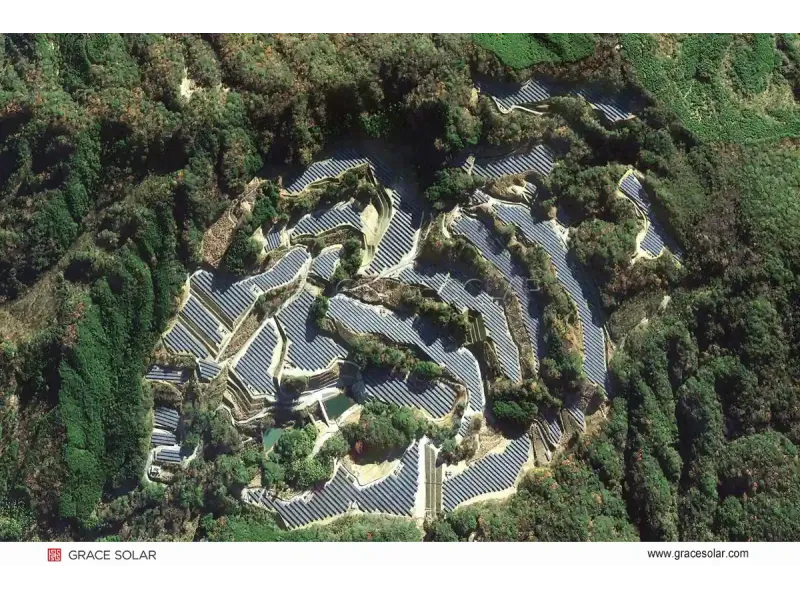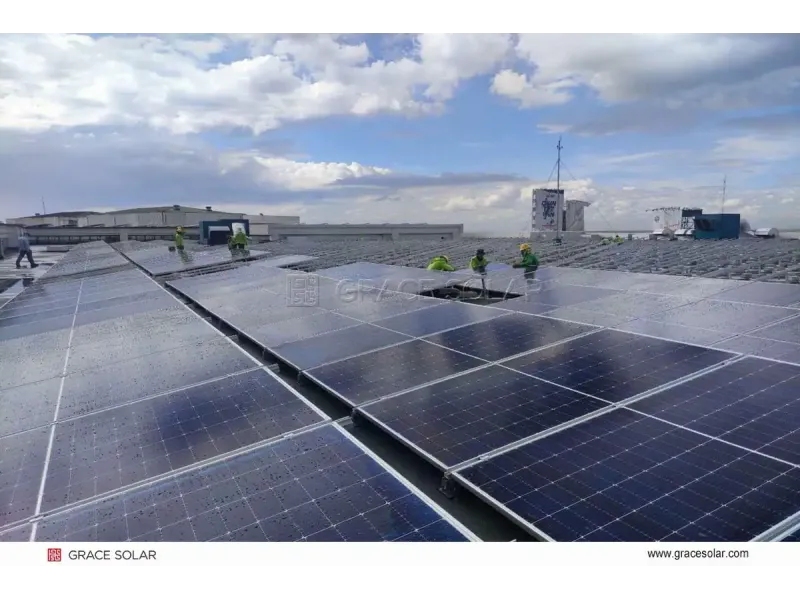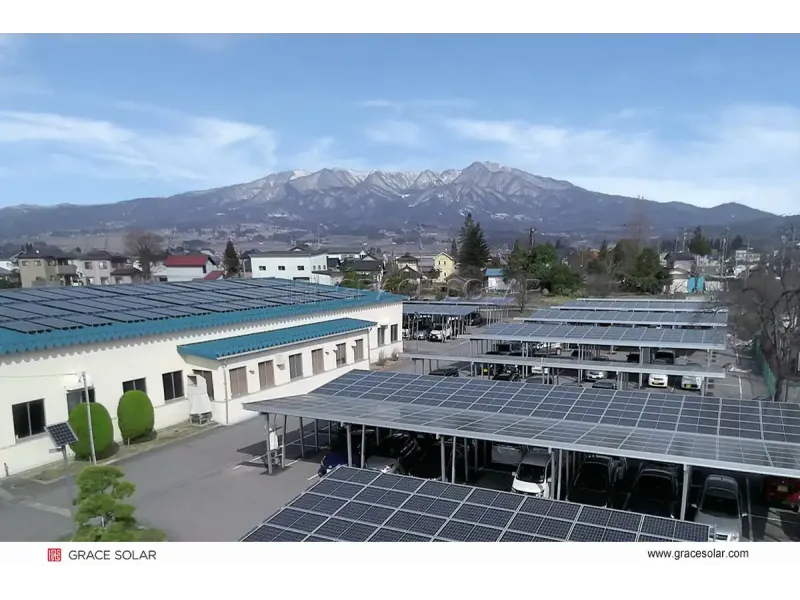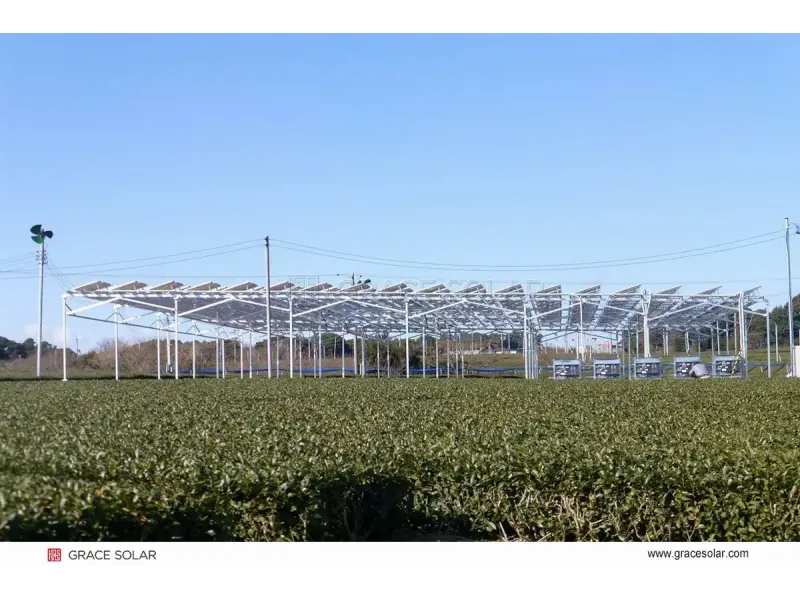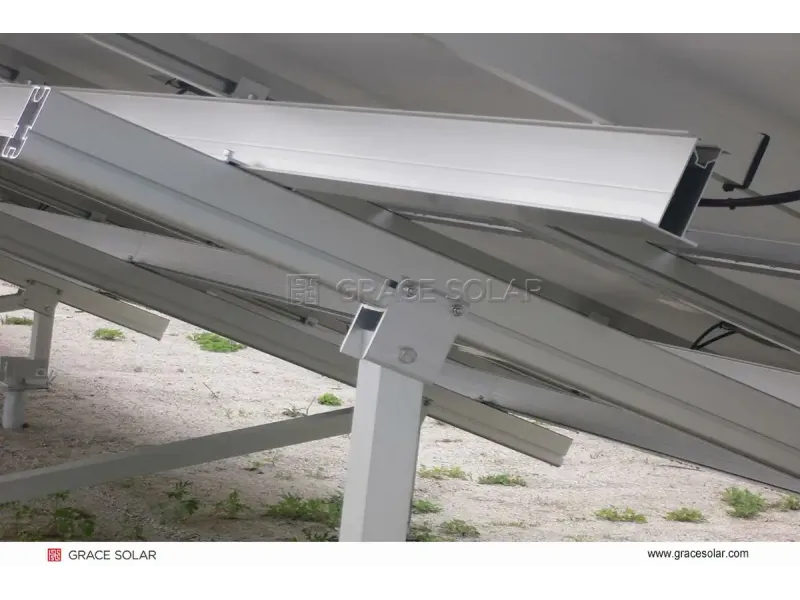Is Sun Tracking on Solar Worth It? The Ultimate ROI Analysis
The Efficiency Advantage: How Trackers Outperform Fixed Systems
Solar tracking systems deliver 15-40% more energy yield compared to fixed-tilt installations. This substantial gain comes from:
- Dynamic alignment with sun's path from dawn to dusk
- Intelligent weather-adaptive algorithms adjusting positioning
- Specialized single-axis solutions for commercial-scale projects
- Precision dual-axis systems for maximum energy harvesting
Breaking Down the Economics
While tracking systems increase initial investment by 10-20%, the ROI calculation reveals compelling advantages:
| System Type | Energy Gain | LCOE Reduction | Payback Period |
|---|---|---|---|
| Single-Axis Tracker | 25-30% | 8-12% | 5-7 years |
| Dual-Axis Tracker | 35-40% | 12-15% | 6-8 years |
Innovations Driving Value
Advanced smart tracking now leverages AI-driven optimization that adapts to terrain and weather patterns. Our recently released intelligent control systems demonstrate 8% additional generation through:
- Real-time cloud pattern analysis
- Multi-sensor positioning technology
- Predictive shadow management algorithms
Where Tracking Makes Financial Sense
The technology shines brightest in specific applications:
Utility-scale installations: Single-axis tracking solutions reduce LCOE by up to 15% in high-irradiation regions
Bifacial solar projects: Dual-axis systems deliver 22% more yield than fixed systems when paired with bifacial modules
Agricultural/floatovoltaic hybrids: Specialized terrain-adaptive systems maintain performance on slopes up to 20%
The Verdict: When Tracking Pays Off
Our analysis confirms solar tracking delivers strong ROI when:
- Project size exceeds 10MW with available land area
- Annual irradiance >1,800 kWh/m²
- Dual-sided modules are implemented
- Terrain requires specialized mounting solutions
For turnkey implementations, explore our comprehensive EPC solutions incorporating optimized tracking systems.

